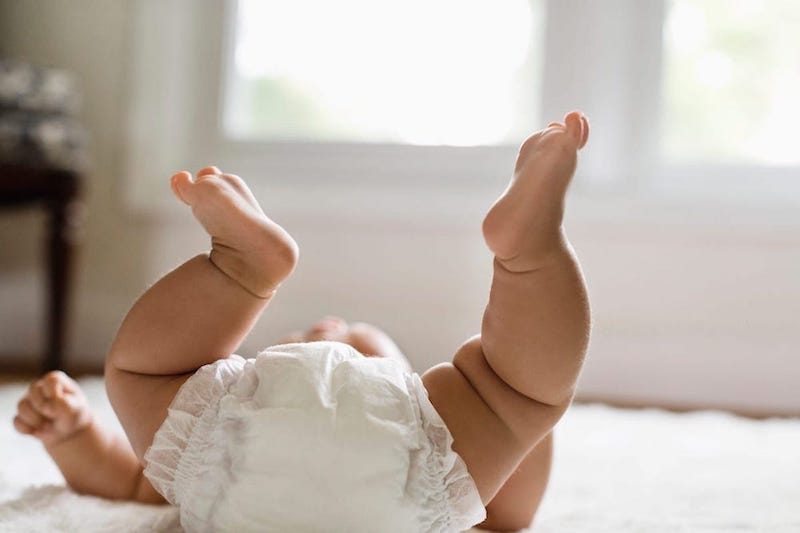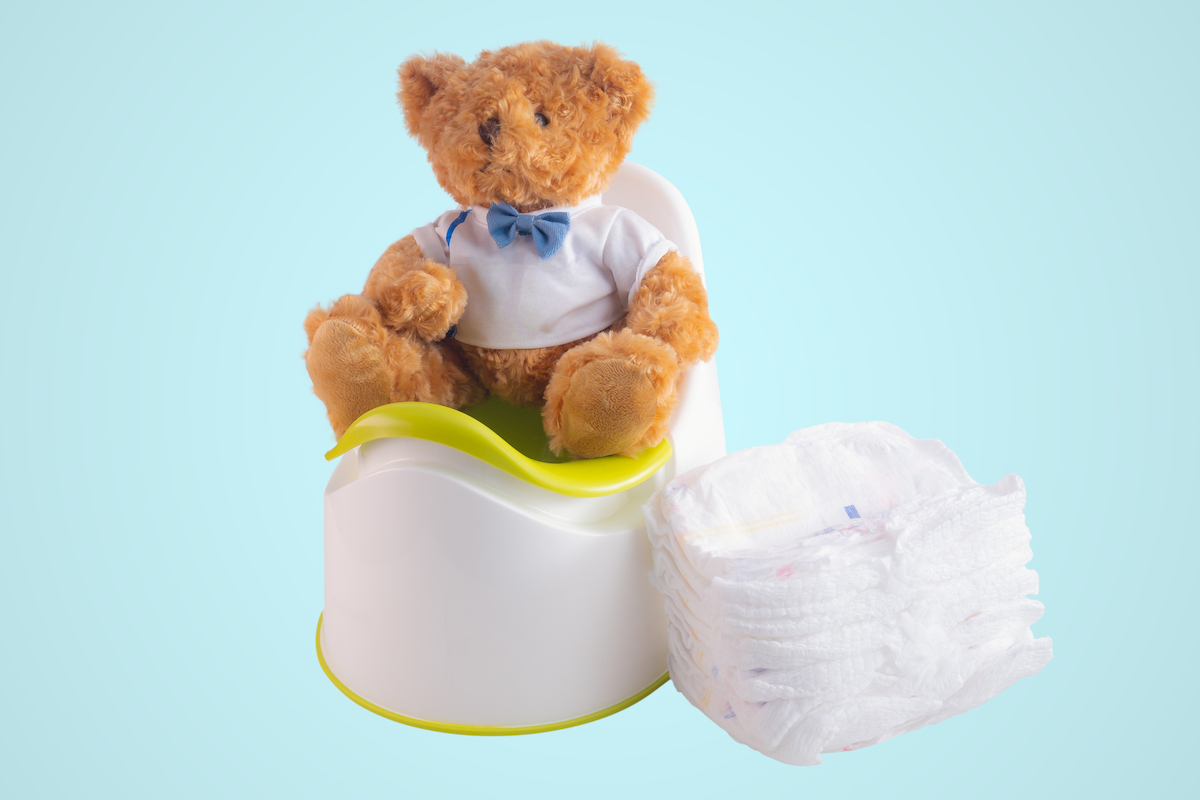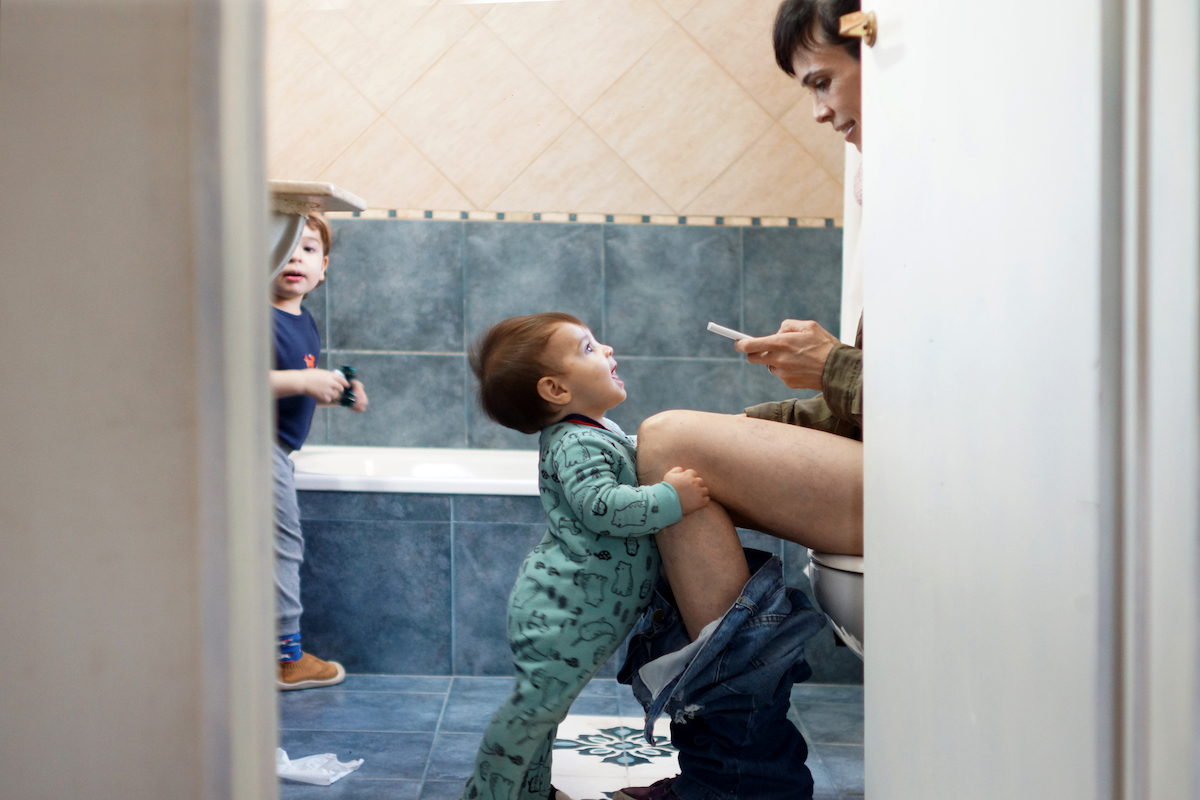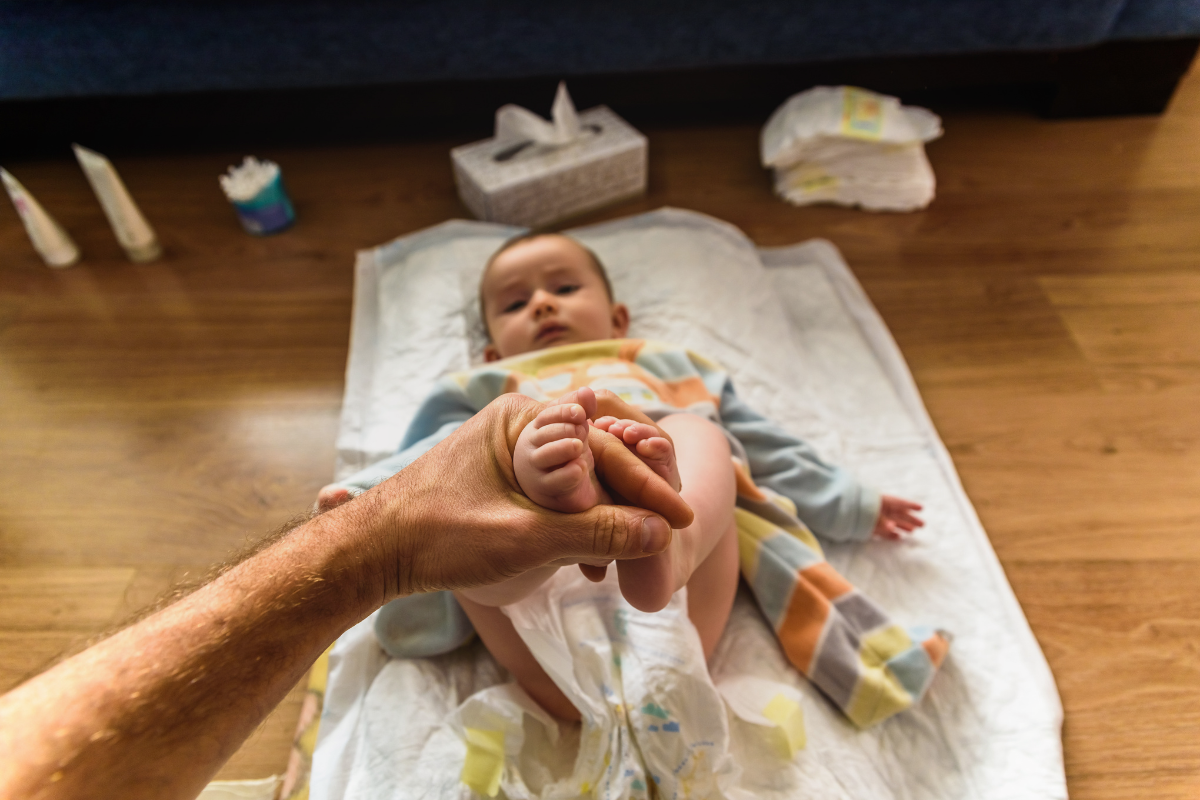Before you have children, it is hard to imagine the amount of time you are likely to spend thinking about poop. When my daughter was born, my husband set up a Google Sheet tracker so we could write down when she peed and pooped (I looked for it for this article, but sadly, I think it is lost to posterity). The frequency of poop, its appearance, consistency — these all occupy your mind in a way that feels very unexpected.
(I will note that this doesn’t stop with infancy. Potty-training time is another key moment when poop occupies your brain space. And then, once you have an older child, they will take over the obsession. I still vividly remember my son, around age 6, launching into a song that begins, “Stinkle, stinkle little fart, blew my underwear apart …” I will spare you the rest.)

Perhaps because up to the point of childbirth, most of us have spent only a limited amount of time thinking about poop, this is a standard place for new parents to ask a version of: Is this normal? Pediatricians, to their great credit, tend to be extremely reassuring about poop. “There is a wide range of normal!” they will tell you, which is true. But it is also non-specific enough to leave people still worried. As in “No, but this looks really weird. Is it actually still normal?”
Below, I’ll take something of a deeper dive into the infant poop data, provide some data-based reassurance, and then discuss a few things that you should pay attention to.
What does “normal” infant poop look like?
If you want to better understand the range of normal infant poop, it is necessary to study it in detail. This is why it is good that researchers are specialists and not generalists; there is, inevitably, someone whose research agenda focuses on normal infant poops. And those researchers write papers like this one, entitled “Characterizing Exclusively Breastfed Infant Stool via a Novel Infant Stool Scale.”
In this study, the authors collected data on 78 breastfed infants, looking for information on the frequency, weight, and appearance of their feces. They use some parent reports, but also quite a lot of original data collection. They collected infant stool, weighed it, transferred it to plastic jars, and conducted visual color analysis.
A central argument of this paper is that there is a lot of variation across normal infant poop. The graph below shows the frequency of pooping by age. Younger babies poop more, but there is variation across all ages.
There is also variation in color, with normal stool appearing yellow, orange, green, and brown, all in fairly high frequencies.
Finally, there is significant variation in “viscosity.” As the study says, “In order to understand the behavior of the infant stool as it would penetrate into a diaper, the rheological properties of stool were measured.” In service of this understanding, they produce detailed viscosity measurements. The numbers are, I confess, difficult to interpret. However, I take from this that there is a large range in how watery the poop is and how easily it escapes the diaper (the dreaded “blowout”).
The primary conclusion of this study is that there is a lot more variation in breastfed infant poop than traditionally acknowledged, and the authors propose a more detailed infant poop classification scale, with more categories, to better capture the wide variation.
This study focuses on breastfed infants up to 6 months. For a broader sense, both in age and food intake, we can turn to this paper, “Bowel habits of healthy Australian children aged 0-2 years.” These authors track 140 children over a week, asking their parents to report on their bowel habits.
The authors find wide variation in bowel frequency, especially in the youngest babies. Frequency declines on average as children age, which we can see in the graph below. In the first several weeks, the range is enormous, and then it settles down.
In this larger sample size, we can also observe that there are infants with an average of less than one poop per day. In other words, some babies — especially breastfed babies — simply do not poop every day. Although it is not common, some can go for what seems like a disturbingly long time (like a week or more) without pooping. With a formula-fed infant, or a child who is eating solids, this length of time between bowel movements is possibly problematic, but for a breastfed baby who is otherwise doing well, it is not.
On the flip side, there are babies who poop an average of seven or eight times a day. My best advice if this is you is that we found frequent application of Aquaphor was the key to avoiding diaper rash.
This paper is also able to compare breast- and formula-fed infants. Formula-fed infants had less frequent stools, and those were much more likely to be classified as “pasty” rather than “runny.” Although this paper doesn’t cover color, it is also known that stools tend to be a bit darker with formula than with breast milk. The color range is still extremely wide, from yellow to brown to green.
All of this together helps paint the picture of why you hear that there is a huge amount of normal variation. An infant who poops an average of eight times a day with watery orange stool is pooping normally. So is an infant who poops about every other day and whose stool is pasty and green. Beyond this, you may find that one day the poop is yellow and runny, the next day brown and pasty, etc. And this is all totally normal!
When is poop not normal?
There are three main categories of things to worry about: one texture, three colors, and other illness signs.
When it’s hard or crumbly
Poop that is very hard or crumbly can be a sign of dehydration. It may not be the first sign — lack of urine is a more direct signal — but it’s a definite signal. Hard or crumbly poop in an infant, in particular, should mean a call to a pediatrician.
When it’s an unusual color
- Poop that is gray or white can be a signal of a blockage in the liver. This is rare but extremely serious.
- Black poop is common/expected/universal in the first days of life. But after that, it may be a sign of bleeding and needs a doctor’s call.
- Red poop, or poop with streaks of blood in it, also needs a doctor’s call. It’s not as uncommon and can be a result of superficial injury to the rectum or a result of a baby swallowing blood from bleeding nipples (no one said breastfeeding was glamorous). But it does need attention.
When it’s a sign of illness
Variation in poop accompanied by other signs of discomfort, illness, or indigestion should be addressed. For example, green poop on its own is nothing to worry about. Green poop in the presence of colic or other discomfort can indicate a milk allergy.
Or, if your baby has a fever and also diarrhea, the poop may be part of a broader illness. That said, it can be difficult to tell when babies have diarrhea, as their poop is typically pretty watery. If you are worried about a stomach illness, you’ll want to focus on urination because not peeing could signal dehydration.
Basically, if you’re worried for another reason, paying attention to poop may be helpful for diagnosis, even if the same poop on its own wouldn’t be a cause for alarm.
The bottom line
- There is a lot of variation in what “normal” poop looks like (color, how watery it is, and frequency) for both breastfed and formula-fed infants.
- Younger babies tend to poop more frequently, and that declines on average as children age. Some babies can go almost a week without pooping. With a formula-fed infant, or a child who is eating solids, this length of time between bowel movements is possibly problematic, but for a breastfed baby who is otherwise doing well, it is not.
- Signs of concern include poop that is very hard or crumbly (which can be a sign of dehydration), poop that is an abnormal color (gray or white, black after the newborn period, or red-streaked poop), or poop that is accompanied by other signs of discomfort, illness, or indigestion.















